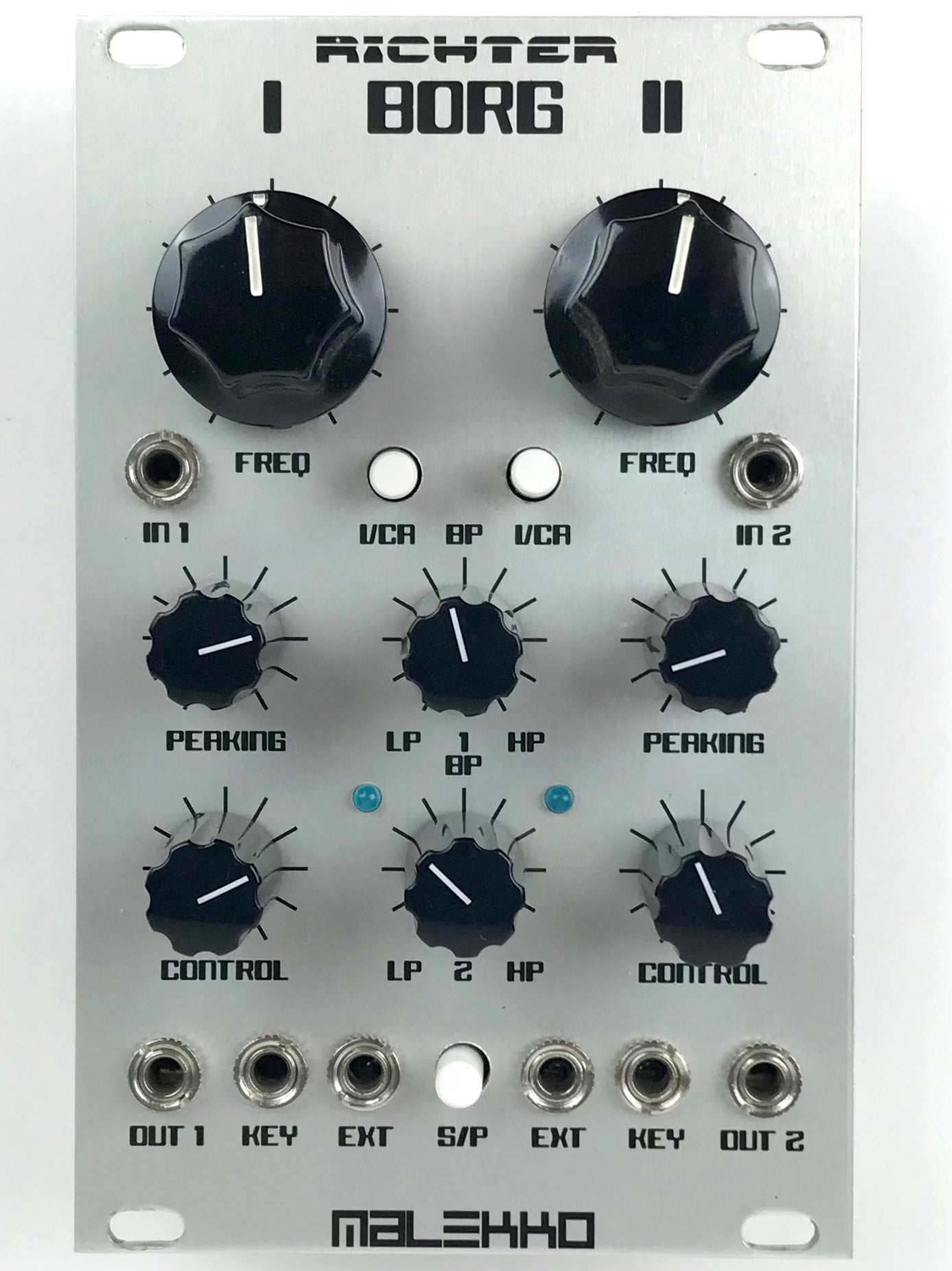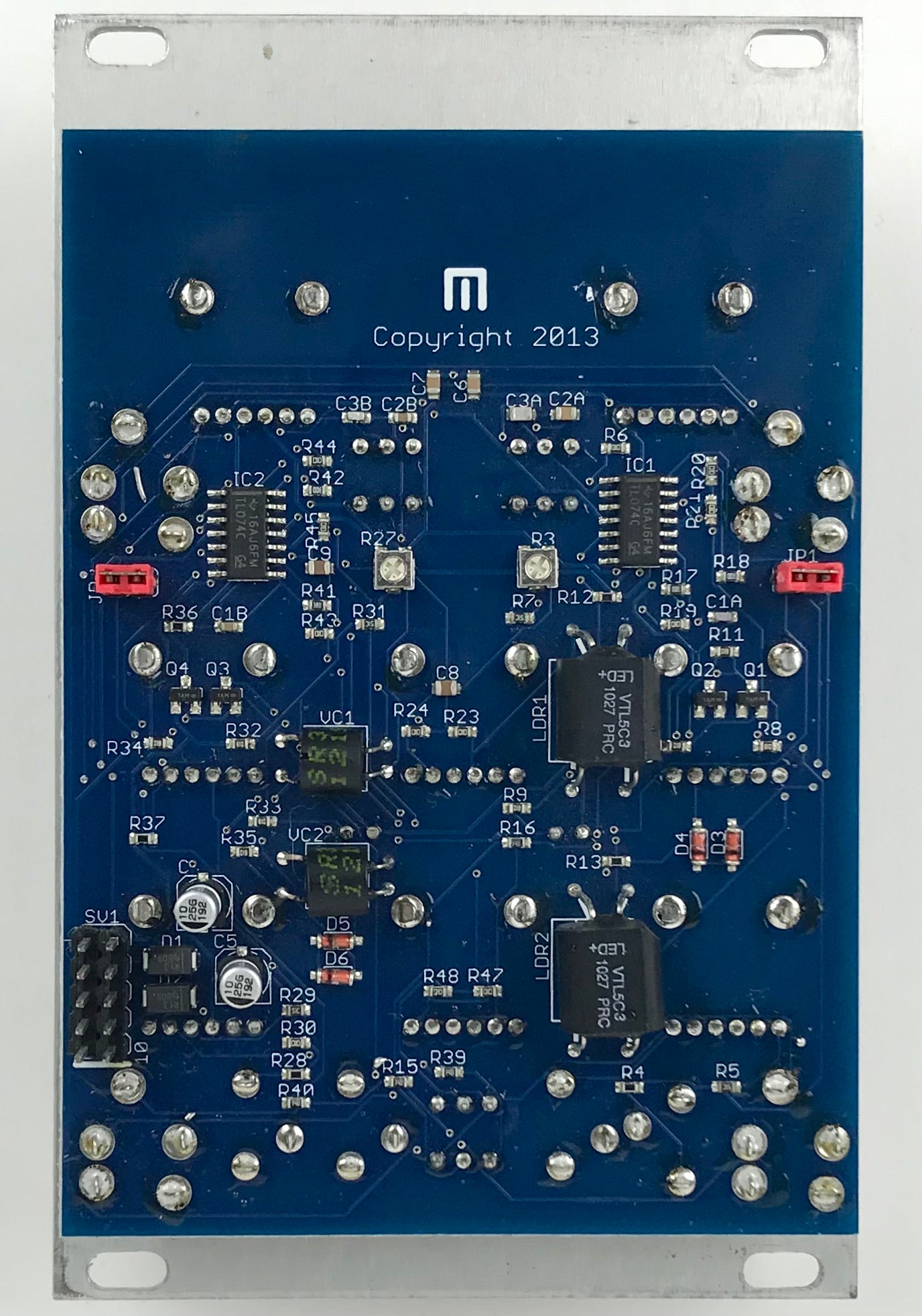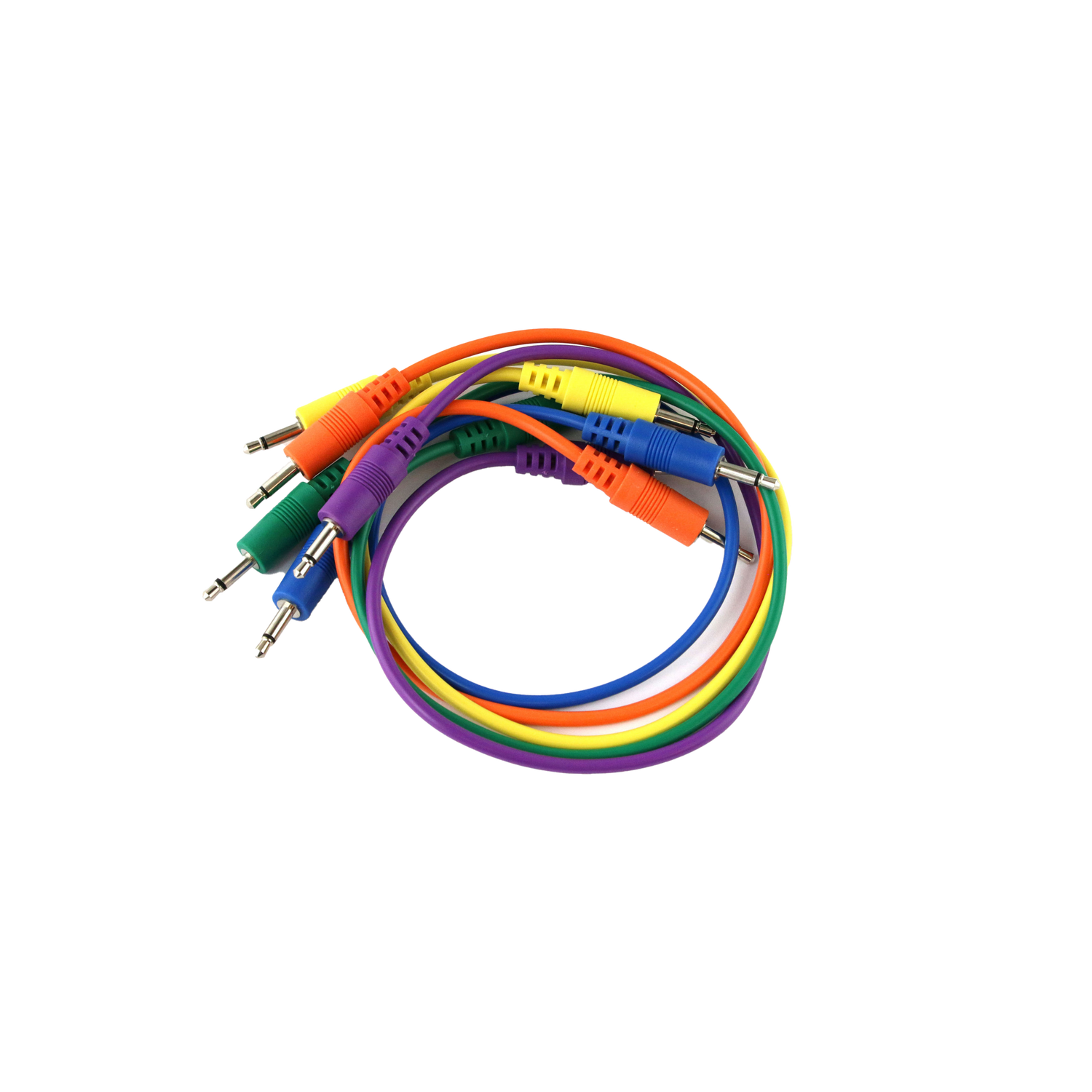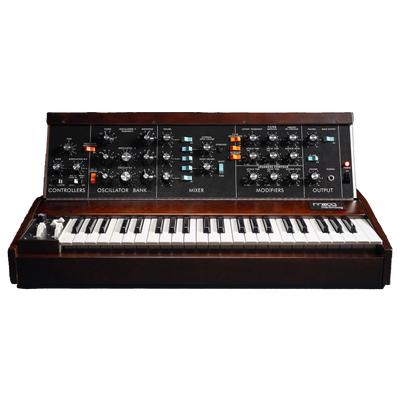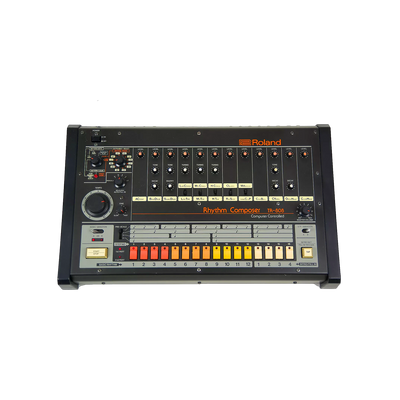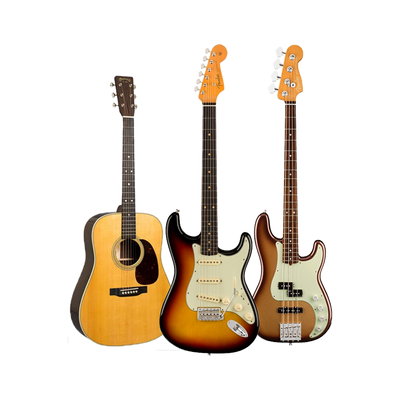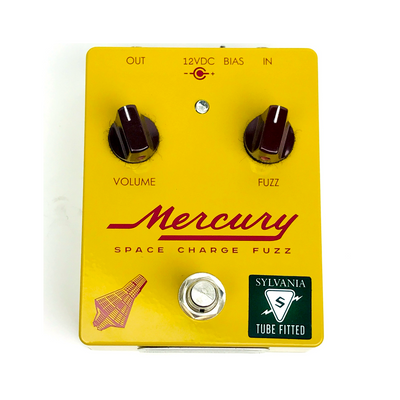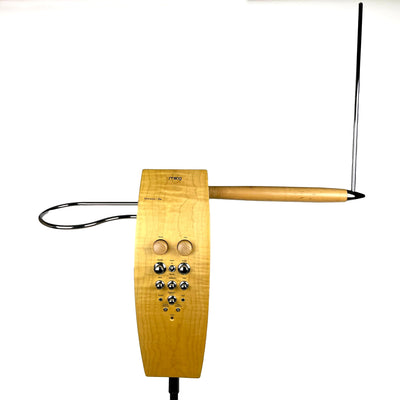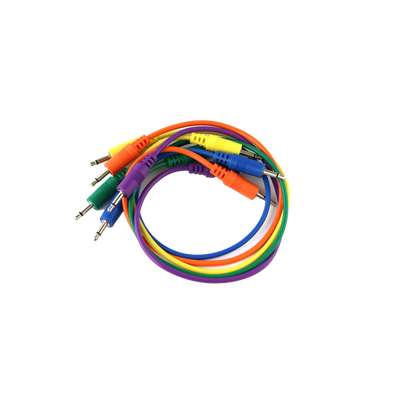1
/
of
2
Malekko Richter Dual Borg Filter, excellent condition
Malekko Richter Dual Borg Filter, excellent condition
Regular price
$ 315.00 USD
Regular price
Sale price
$ 315.00 USD
Unit price
/
per
Shipping calculated at checkout.
Couldn't load pickup availability
The Malekko Richter series in Eurorack modular format, offer the same great sound, ergonomics, musicality, and quality that made the Wiard 300 series legendary, at a fraction of the cost and size. The Dual Borg contains one Borg I (left side) and one Borg II (right side). The Borg is a versatile audio processor. The concept comes from a marriage of two divergent influences, the Buchla 292 Low Pass Gate and the Korg MS20 filter.
The Borg is different from most filters in that, at its heart, is a vactrol. Vactrols are combination light sensor/light resistors that possess interesting sonic traits. Often described as モrubberyヤ or smooth in quailty, vactrols are also know for their relatively slow response. This response creates a natural, very musical decay. In Low Pass Gate (LPG) mode, the Borg will act as a filter and a VCA simultaneously. In combination with the characteristic vactrol response, this creates a signature sound that is desired by many synth enthusiasts, especially when used with very short, percussive patches.
But the Borg is no one-trick pony, and LPGs are not for every patch. When the resonance knob is turned モonヤ with a click, the Borg becomes a 12db filter with loads of personality. Gorgeous resonance, influenced by the MS20 and shaped by the vactrol design swells from subtle warmth, to a roaring howl that is unique to the Borg!
A continuously adjustable low pass to high pass control is provided (a notch filter is a mix of these two). There are two audio inputs, and two CV frequency inputs (one with attenuation). Two outputs are provided, output 2 has a slightly more aggressive resonance. Removing a jumper on the back of the Borg makes the resonance モscreamヤ even more!
The Borg I (left side) has a slower response and a more mellow sound compared to the Borg II (right side). Thanks to its longer decay time, the Borg I is best for recreating the famous Buchla bongo patch, and the Borg II is best for a faster, more aggressive response.
The signal path of the Dual Borg is selectable: Series or Parallel.
In Series mode, when you plug into either in 1, or in 2, or even both inputs (as a mix), the signal is routed through the Borg I then the Borg II filter and both out 1 and out 2 have the same signal. In Parallel mode, a single input into in 1 or in 2 is routed through both filters side by side, and a single output (either out 1 or out 2) will give you a mix of both filters. If you have only one input but two outputs, out 1 is the Borg I filter only and out 2 is Borg II only. If you have two inputs and two outputs, then each filter is completely separate: in 1 and out 1 is Borg I, in 2 and out 2 is Borg II.
The Borg is 16hp wide, 25mm deep, and consumes approximately 80mA power.
The Borg is different from most filters in that, at its heart, is a vactrol. Vactrols are combination light sensor/light resistors that possess interesting sonic traits. Often described as モrubberyヤ or smooth in quailty, vactrols are also know for their relatively slow response. This response creates a natural, very musical decay. In Low Pass Gate (LPG) mode, the Borg will act as a filter and a VCA simultaneously. In combination with the characteristic vactrol response, this creates a signature sound that is desired by many synth enthusiasts, especially when used with very short, percussive patches.
But the Borg is no one-trick pony, and LPGs are not for every patch. When the resonance knob is turned モonヤ with a click, the Borg becomes a 12db filter with loads of personality. Gorgeous resonance, influenced by the MS20 and shaped by the vactrol design swells from subtle warmth, to a roaring howl that is unique to the Borg!
A continuously adjustable low pass to high pass control is provided (a notch filter is a mix of these two). There are two audio inputs, and two CV frequency inputs (one with attenuation). Two outputs are provided, output 2 has a slightly more aggressive resonance. Removing a jumper on the back of the Borg makes the resonance モscreamヤ even more!
The Borg I (left side) has a slower response and a more mellow sound compared to the Borg II (right side). Thanks to its longer decay time, the Borg I is best for recreating the famous Buchla bongo patch, and the Borg II is best for a faster, more aggressive response.
The signal path of the Dual Borg is selectable: Series or Parallel.
In Series mode, when you plug into either in 1, or in 2, or even both inputs (as a mix), the signal is routed through the Borg I then the Borg II filter and both out 1 and out 2 have the same signal. In Parallel mode, a single input into in 1 or in 2 is routed through both filters side by side, and a single output (either out 1 or out 2) will give you a mix of both filters. If you have only one input but two outputs, out 1 is the Borg I filter only and out 2 is Borg II only. If you have two inputs and two outputs, then each filter is completely separate: in 1 and out 1 is Borg I, in 2 and out 2 is Borg II.
The Borg is 16hp wide, 25mm deep, and consumes approximately 80mA power.
Share
